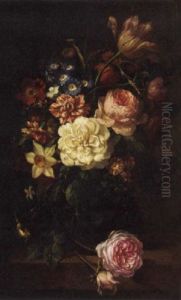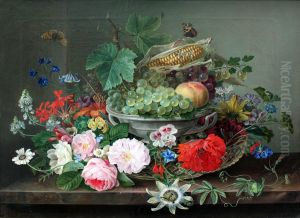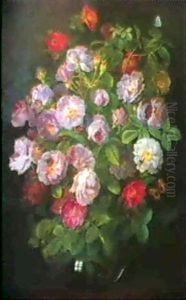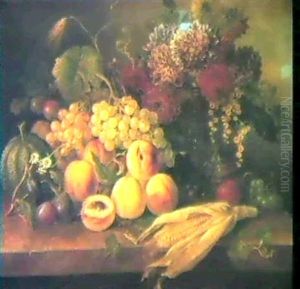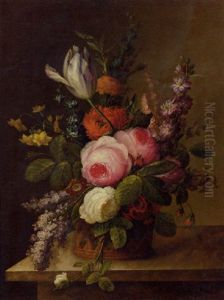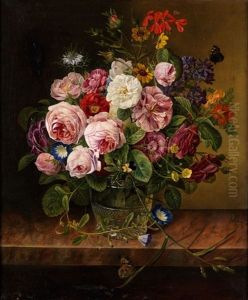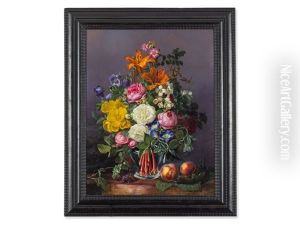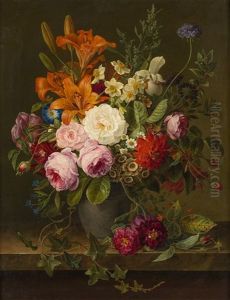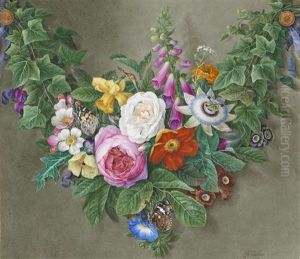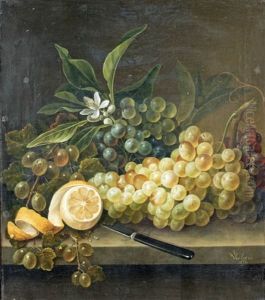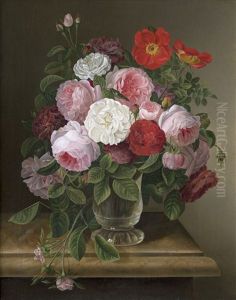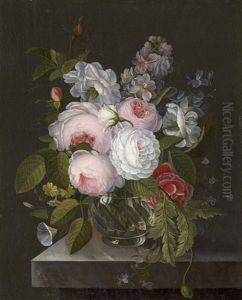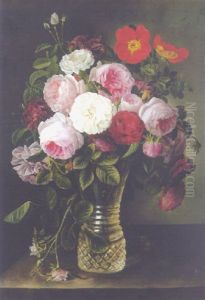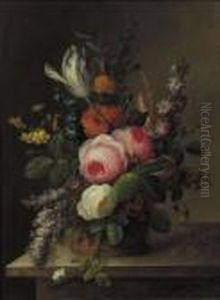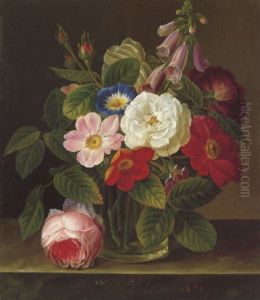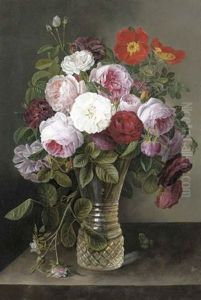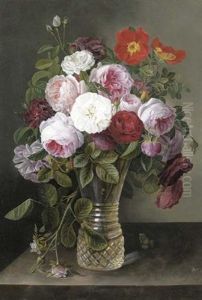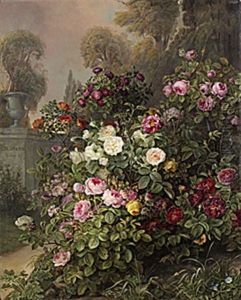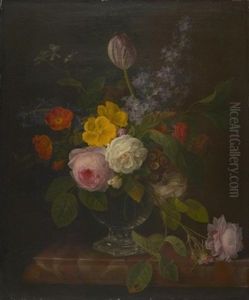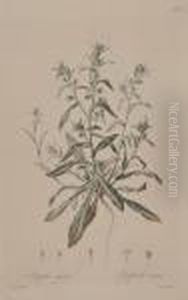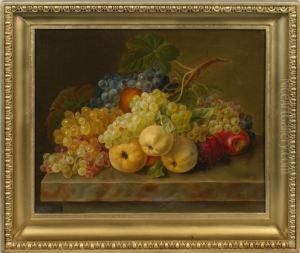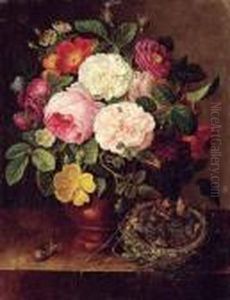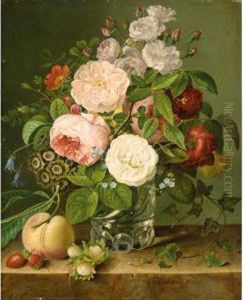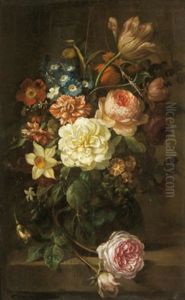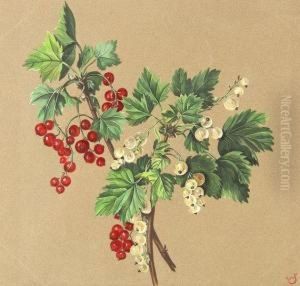Gottfried Wilhelm Voelcker Paintings
Gottfried Wilhelm Völcker, also spelled Voelcker, was a German artist known for his landscape paintings, etchings, and lithographs, which were primarily focused on romantic representations of nature and architectural subjects. Born in 1775 in Germany, Völcker belonged to the Romantic period of art, a movement that emphasized emotion, individualism, and the glorification of the past and nature.
During his lifetime, Völcker witnessed significant political, social, and cultural changes, including the Napoleonic Wars and the rise of German nationalism. These events influenced the arts in Germany, as many artists sought to express the country's cultural identity through their work. Völcker's landscapes and depictions of ruins and historical buildings can be seen as part of this trend, evoking a sense of nostalgia and reverence for Germany's past.
Völcker's approach to landscape painting often embraced the sublime, a key concept in romantic art that sought to convey the awe-inspiring and overwhelming power of nature. His works were characterized by dramatic contrasts of light and shadow, meticulous detail, and a sense of tranquility. Although not as widely known as some of his contemporaries, such as Caspar David Friedrich, Völcker's contributions to the German Romantic movement were significant, and his works are appreciated for their technical skill and emotional depth.
Gottfried Wilhelm Völcker passed away in 1849, leaving behind a body of work that continues to be studied and admired by enthusiasts of German romantic art. His art reflects the sensibilities of an era that found beauty and meaning in the natural world and the historical landscapes of Germany.
